Berlin is home to 170 museums, and some of the best ones cost nothing to enter! Here are the best FREE museums in Berlin that you should know about.
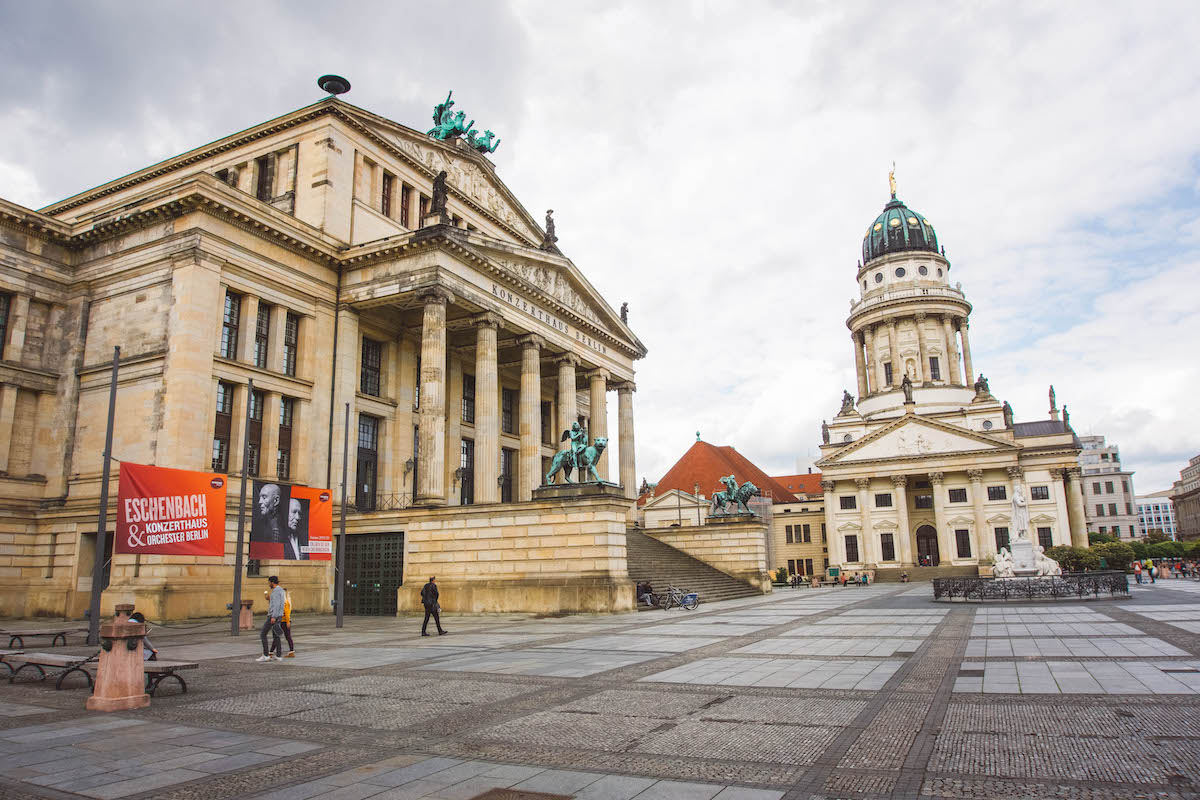
One of my favorite things to do on a rainy or overcast day is hole up in a good museum. Since moving to Berlin in 2019 I’ve visited many of the city’s fantastic museums, and as luck would have it some of my all-time faves are free to enter!
In this post, I’ll quickly go over museums in Berlin with free entrance. Note that these museums are free ALL THE TIME.
However, many of the top museums in the city have free admission periods on a daily, weekly, or monthly basis. If you’re traveling on a budget and there’s a museum you’re dying to see, it’s still worth checking its website for free or reduced admission periods.
-Claire
Best Free Museums in Berlin
Below is a list of the Berlin museums with free entrance, in alphabetical order. There are a few more that I know of that are either closed for renovations for an unknown about of time or that I simply don’t recommend visiting.
So, consider this a list of “the best” free museums in Berlin:
- Allied Museum (Alliiertenmuseum) — Discusses the history of the Allied forces in from 1945 to 1994. A must for any WWII history lover!
- Deutscher Dom (at Gendarmenmarkt) — The German Cathedral houses a free exhibit on the history of the German parliament.
- Dokumentationszentrum NS-Zwangsarbeit — The Nazi Forced Labour Documentation Center in Schöneweide is a preserved forced labor camp. Exhibits explain the daily life of the men, women, and children who were brought here. There are also rotating exhibits that spotlight individuals who worked in the camp.
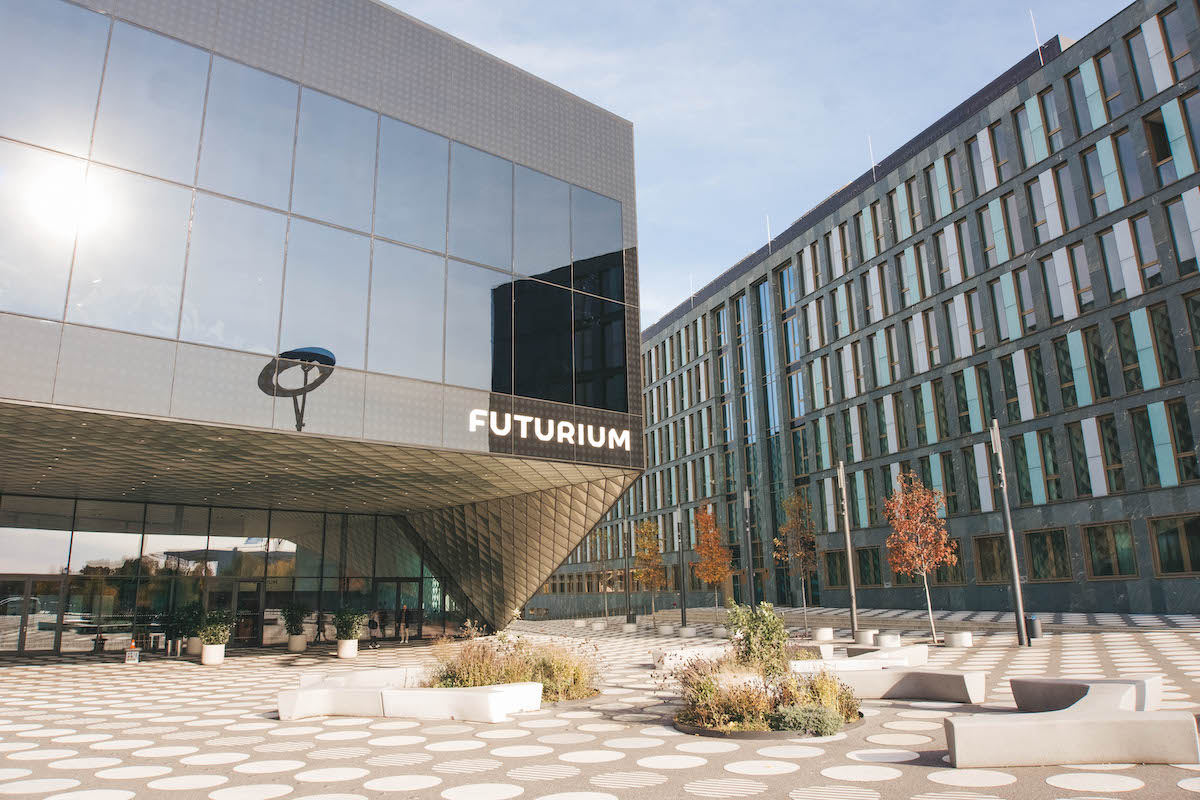
- Futurium (shown above) — An interactive House of Futures that’s intended to make you think about the future of the planet and our culture.
- German History Museum (Deutsches Historisches Museum) — This free Berlin museum walks you through Germany’s entire known history. The free exhibit spans two entire floors, so feel free to pick and choose which section you visit based on the eras that most interest you!
- House of the Wannsee Conference (Haus der Wannsee-Konferenz)— In January 1942, high-ranking Nazi officials and members of the SS police force gathered here to coordinate the deportation and murder of the Jews of Europe.
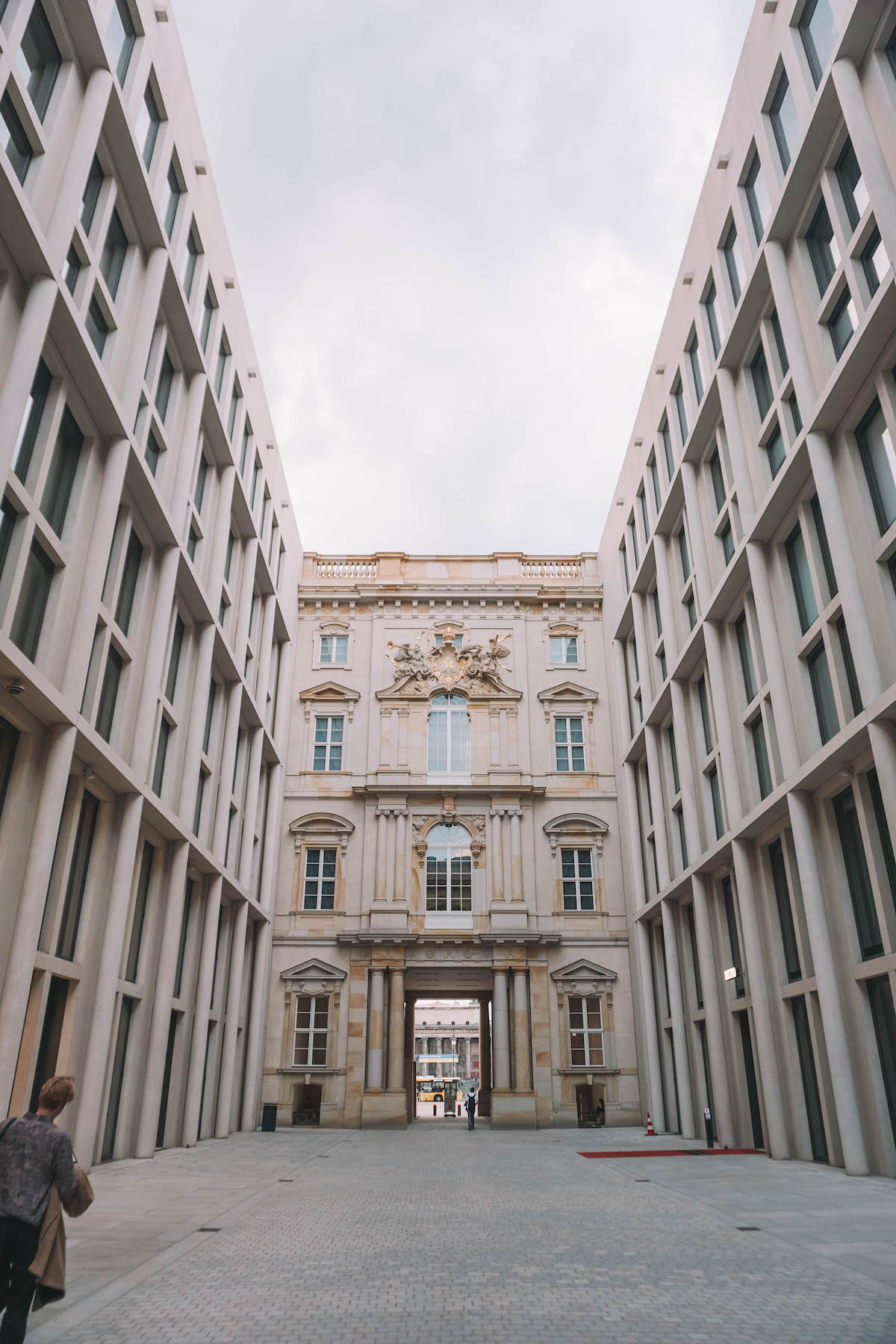
- Humboldt Forum (shown above) — Part museum, part cultural center, part exhibition space and it also has a viewing terrace on the very top of the building. The exhibits within the museum portion focus heavily on colonialism and its lasting impact around the globe.
- Jewish Museum — The largest museum dedicated to Jewish history and culture in the world.
- Kunstraum Kreuzberg / Bethanien — First a hospital, then a popular squat in the ‘70s, and now a cultural forum and contemporary art space. The exhibits here change frequently!
- Museum Berlin-Karlshorst — Formerly the German-Russian Museum. This is the site where the Nazis officially surrendered to the Allied forces during WWII.
- Museum in the Kulturbrauerei — Contemporary history museum that explores what it was like living in communist East Germany.
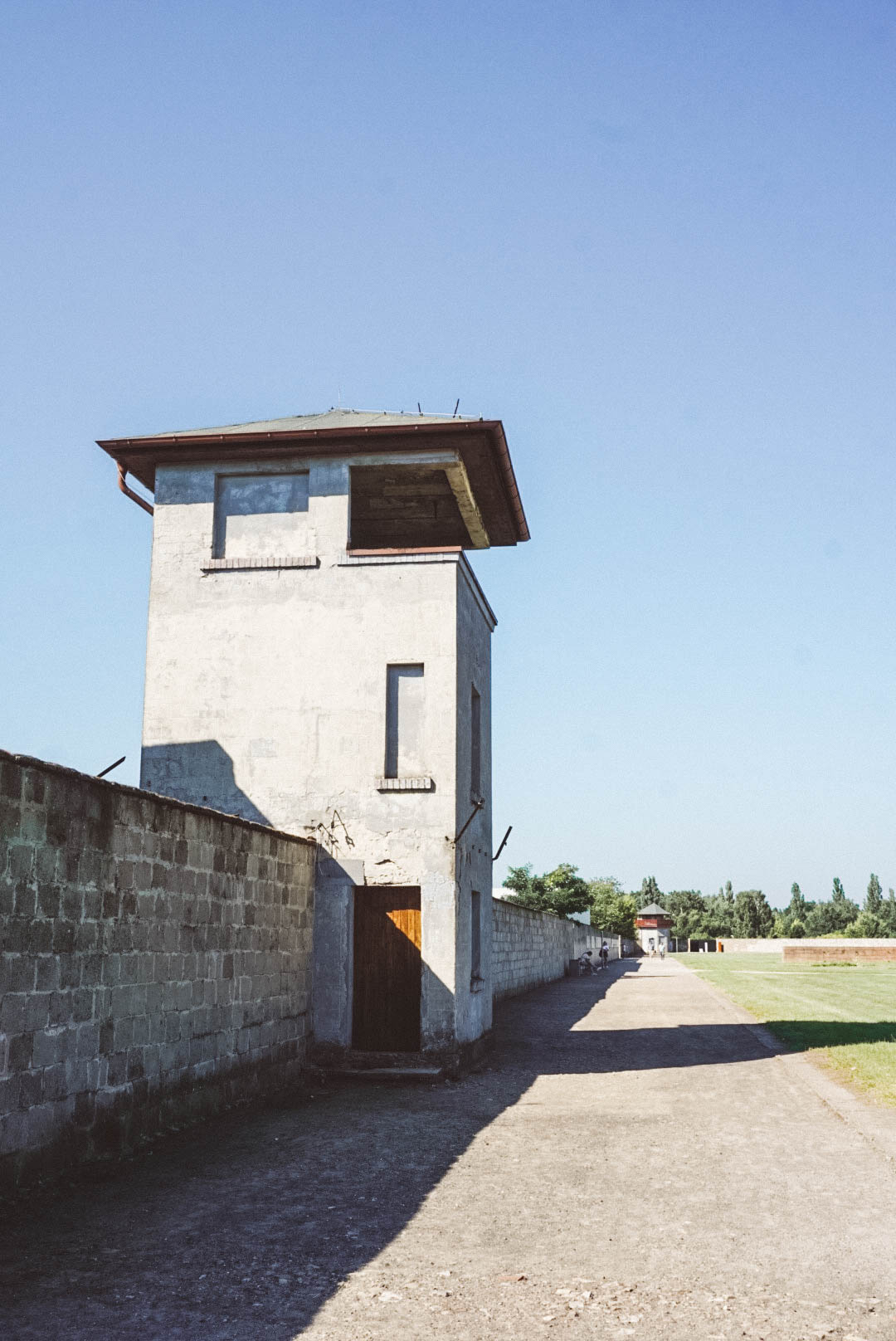
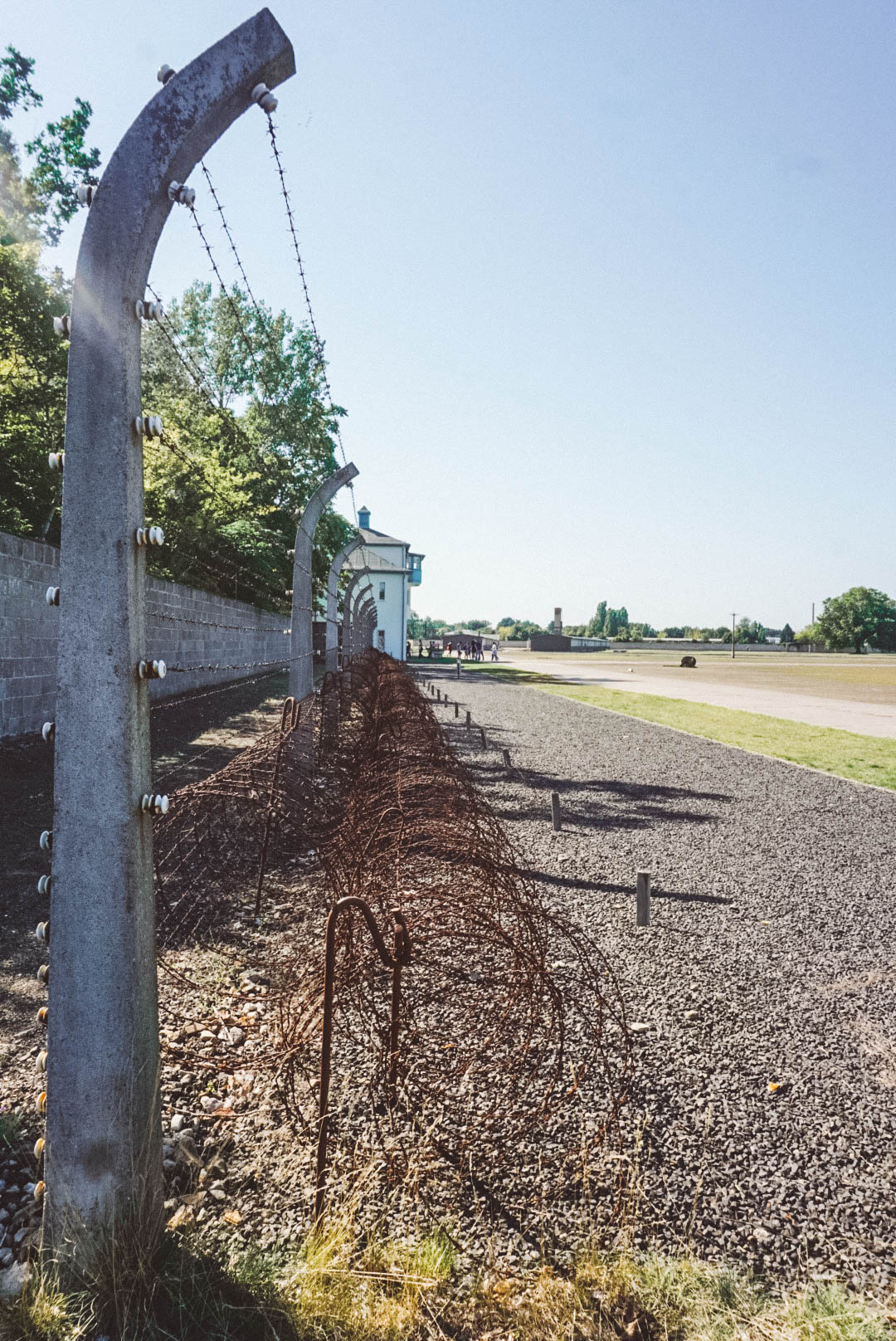
- Sachsenhausen Memorial (shown above) — Site of one of the first Nazi concentration camps. You can explore the grounds and some of the preserved buildings have exhibitions inside detailing life in the camp and the lives of those who were murdered there.
- Topography of Terror (Topographie des Terrors) — This site once served as the headquarters of the Nazi Secret State Police (SS) and the Reich Security Main Office. Now there’s a museum with exhibitions about the central institutions of the SS and the police force under Hitler’s Third Reich.
- Palace of Tears (Tränenpalast) — Formerly a check-in hall near Friedrichstraße Station that passengers traveling from East to West Berlin had to use. The exhibitions explain the border crossings within a divided Germany. It got its name from the many tearful goodbyes between loved ones living in a divided Germany.
Claire’s Tip: Note that most neighborhoods in Berlin have their own museum, and many are free to enter! Check to see if your Kiez has a museum. For example, I know that the Museum Charlottenburg-Wilmersdorf and the Museum Neukölln are both free.
Looking for More Free Things to Do in Berlin?
You don’t need to pay anything to visit some of the best museums in Berlin! If you have any other museums with free entrance that you recommend, please leave me a comment below so I can check them out for myself.
And don’t forget that museum hopping is just one of the many free things to do in Berlin!
Don’t forget to follow me on Instagram to keep up with my daily adventures in Berlin and beyond!

Leave A Reply!